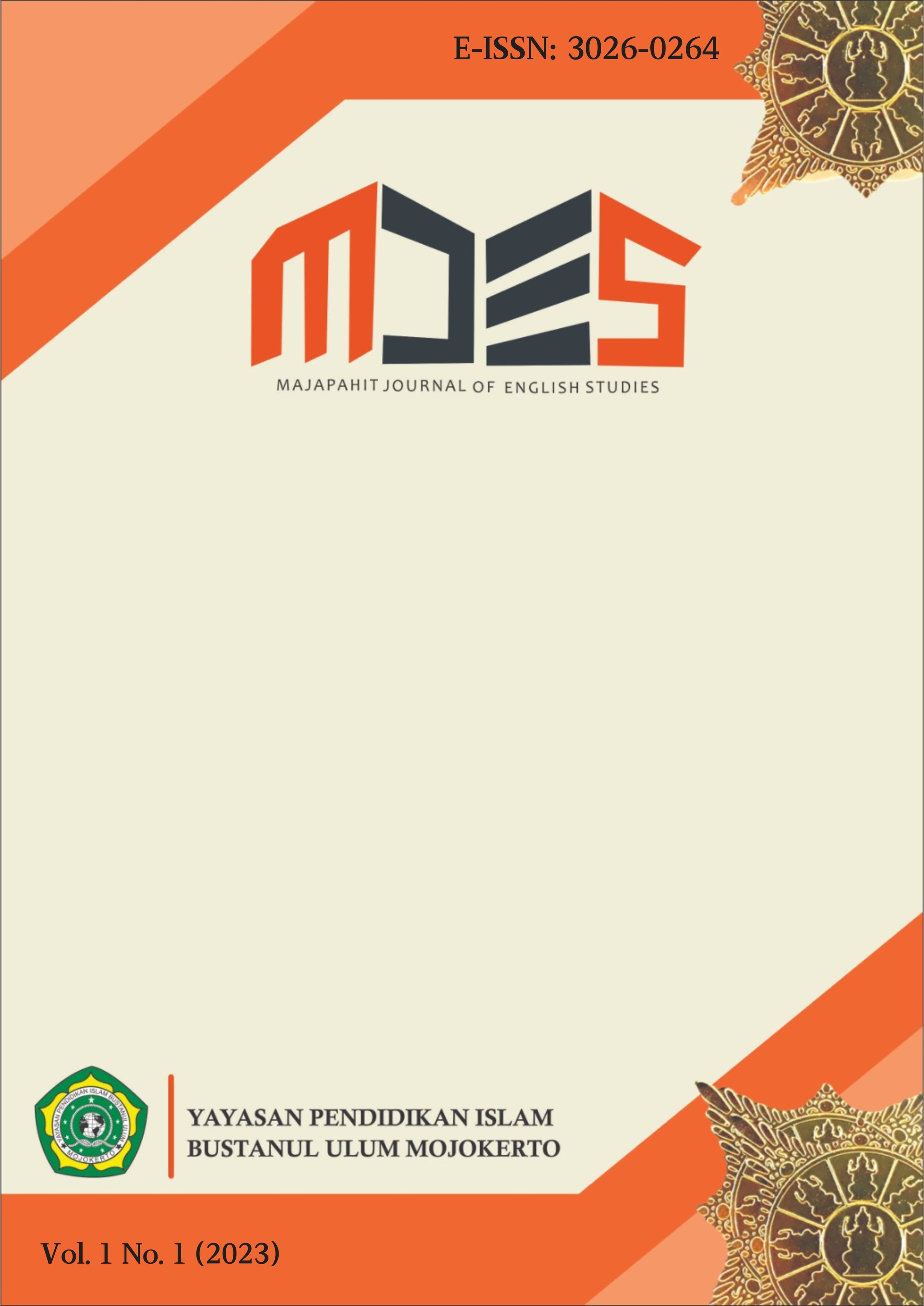Investigating EFL Students’ Speaking Difficulties in Their Speaking for Social Objectives
DOI:
https://doi.org/10.69965/mjes.v1i1.9Keywords:
EFL Students, Public Speaking, Speaking ChallengesAbstract
Speaking is an essential part of learning English. Speaking activities in class, on the other hand, provide a problem for students from various educational backgrounds, such as those from distant communities in Bengkayang, West Kalimantan. This study intends to investigate the speaking obstacles of students from Bengkayang, as these students frequently struggle when requested to practice in Speaking for Social Purposes (SFSP) lessons. This is a qualitative investigation. This study employed semi-structured interviews with seven Bengkayang students who had taken SFSP lessons to collect data. The collected data were examined using thematic analysis, in which the researcher analyzed and comprehended the thoughts or viewpoints expressed by the participants before categorizing the data based on their themes. The findings revealed some difficulties that the students encountered, such as a lack of self-confidence, pronunciation mistakes, and a lack of vocabulary. This study also offers students practical suggestions and strategies for overcoming some English-speaking challenges in comparable situations. Students can practice speaking using various media to overcome pronunciation issues. The Elsa app is one of the media options available to pupils. Students can read more books in English for fun to help with vocabulary issues. Future researchers can look into the speaking issues faced by other EFL students in other remote areas of Kalimantan or other large Indonesian islands to see if they are similar to those revealed in this study.
Downloads
Published
How to Cite
Issue
Section
License
Copyright (c) 2023 Fikri Fuadi Azmy

This work is licensed under a Creative Commons Attribution-ShareAlike 4.0 International License.




